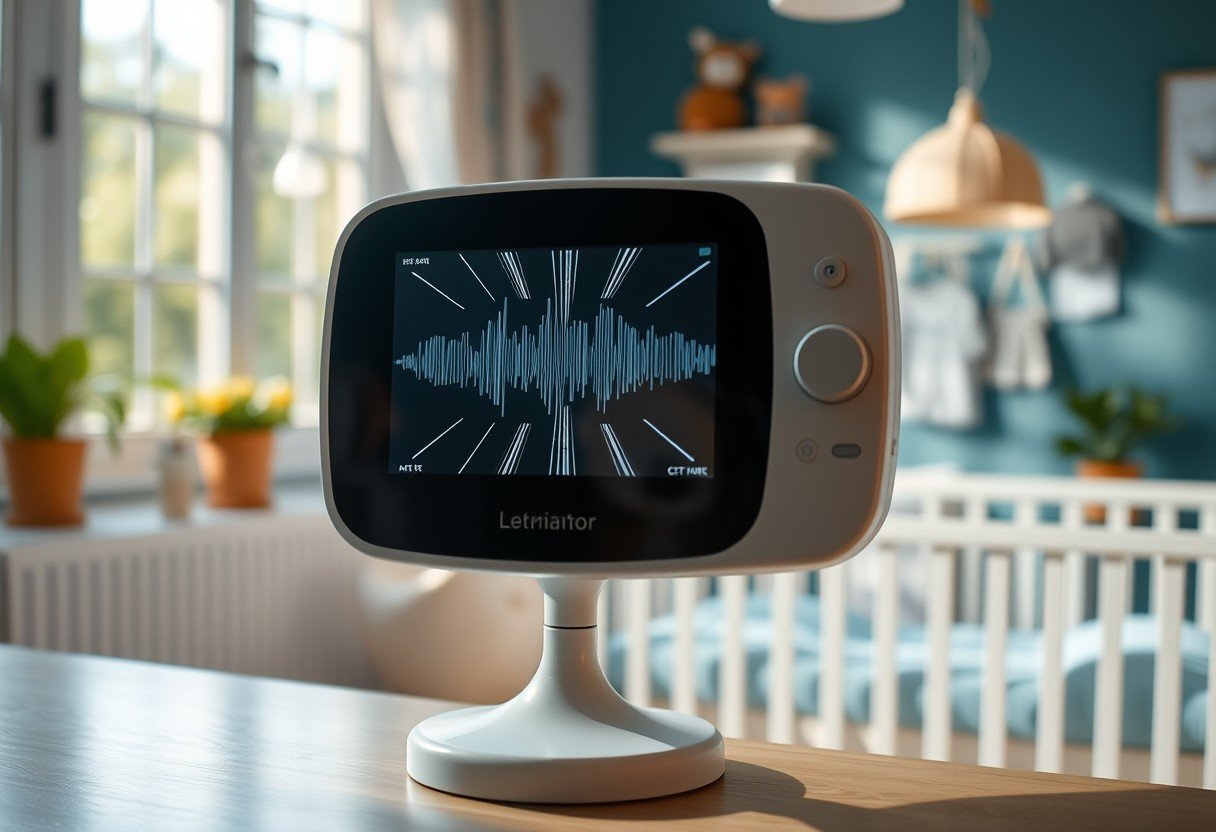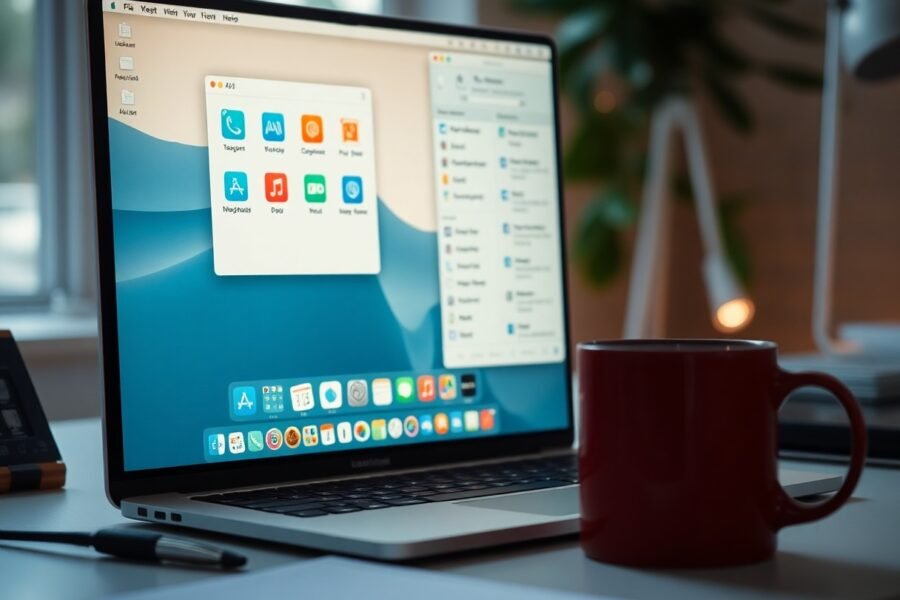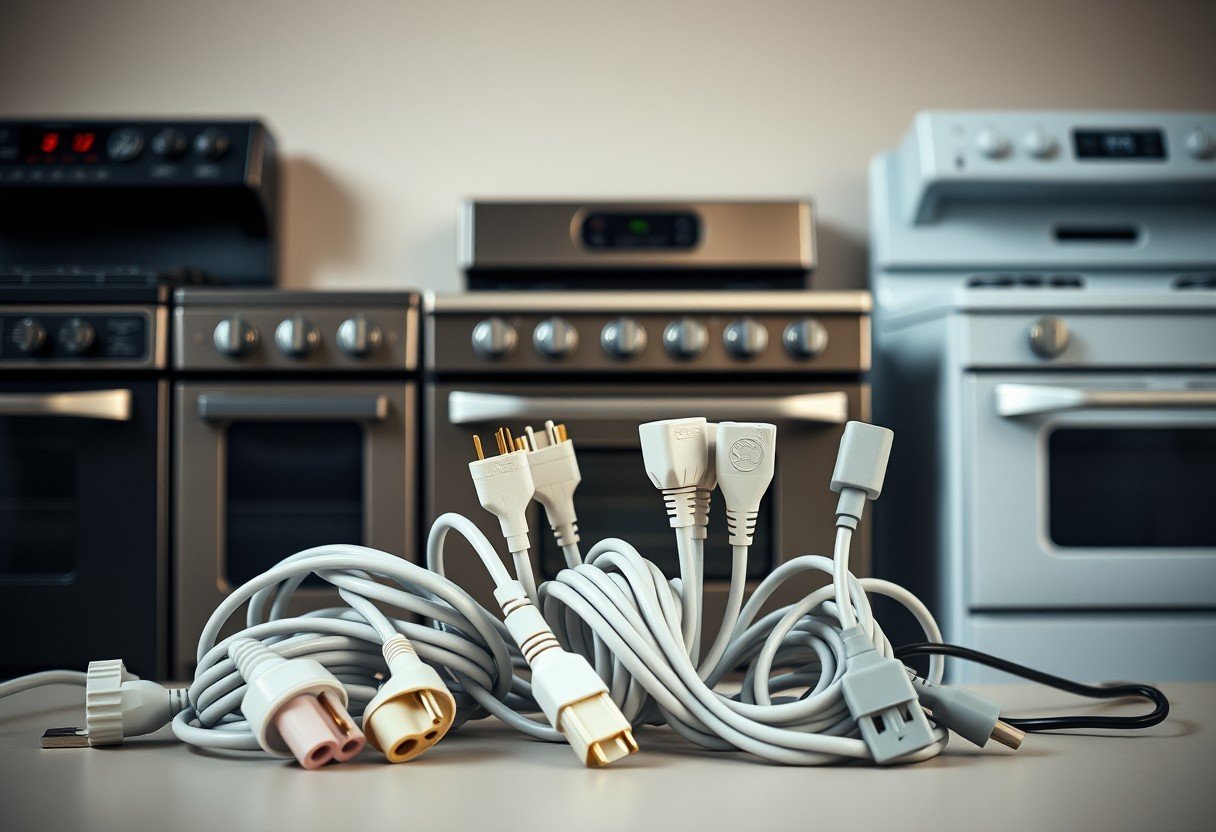While Summer baby monitors are popular for their features, many parents face frustrating issues like poor connectivity or short battery life. These problems can disrupt your peace of mind when you need it most. Understanding why these issues happen, from signal interference to the impact of heat, is the first step. This guide explains the common problems with Summer monitors and provides simple, effective solutions to ensure you have a reliable connection to your little one.
Understanding the Different Types of Baby Monitors
Before diving into problems, it’s helpful to know what kind of monitor you have. The type of device you choose significantly impacts your experience. From simple audio-only models to smart monitors connected to your phone, each has unique features and potential issues.
Choosing the right monitor depends on your family’s needs, your home’s layout, and your budget. Some parents prefer the simplicity of an audio monitor, while others want the reassurance of seeing their baby with a high-definition video feed.
Here is a quick breakdown of the most common types available:
| Type | Description |
|---|---|
| Audio Monitor | Transmits only sound, allowing you to hear your baby. |
| Video Monitor | Includes a video camera for a live visual feed. |
| Movement Sensor | Monitors your baby’s breathing or movements for added safety. |
| Smart Monitor | Connects to your smartphone via Wi-Fi for remote monitoring from anywhere. |
Smart monitors offer incredible convenience, but they can be more prone to the connectivity issues we’ll discuss next.
Tackling Common Connectivity and Range Issues
One of the most frequent complaints about Summer baby monitors is unreliable connectivity. You might experience a choppy video feed, static-filled audio, or the monitor disconnecting entirely. These problems are often caused by signal interference or range limitations.
Signal interference happens when other electronic devices disrupt your monitor’s signal. Common household items can be the culprit.
- Wi-Fi Routers: These operate on a similar frequency and are a major source of interference.
- Microwave Ovens: When in use, microwaves can temporarily disrupt your monitor’s signal.
- Cordless Phones: Older cordless phones can also interfere with the connection.
To fix this, try moving your monitor and parent unit away from these devices. Sometimes, changing the channel on your Wi-Fi router can also help reduce interference.
The monitor’s range can also be a challenge, especially in larger homes. Walls, floors, and even large furniture can block the signal and reduce the effective range. If you’re constantly seeing a “no signal” warning, try repositioning the camera or the parent unit to create a more direct line of sight between them.
How Summer Heat Affects Your Monitor’s Performance
You might not realize it, but high temperatures during summer can seriously impact your baby monitor’s functionality. Heat affects the internal electronics, leading to overheating, poor performance, and a much shorter battery life.
If your monitor feels hot to the touch or is placed in direct sunlight, it is at risk of overheating. This can cause the device to shut down unexpectedly or even suffer permanent damage. Always keep both the camera and the parent unit in a cool, shaded spot away from windows.
Heat is also a major enemy of batteries. You may notice the parent unit’s battery drains much faster on hot days. This is because high temperatures force the battery to work harder, reducing its overall lifespan and ability to hold a charge. If your monitor’s battery seems unreliable in the summer, try to keep the unit in a cooler room when possible.
Navigating Software Glitches and Camera Quality
Sometimes, the problem isn’t with your home’s environment but with the monitor’s own software. Users often report software bugs that cause the screen to freeze, go blank, or become unresponsive. These glitches can be incredibly frustrating, especially in the middle of the night.
The first step in troubleshooting a software issue is to perform a simple reset. Try turning the parent unit and the camera off, unplugging them from the power source for a minute, and then turning them back on. This simple action, often called a power cycle, can resolve many temporary glitches.
If problems persist, check the manufacturer’s website for any available firmware updates. Manufacturers often release updates to fix known bugs and improve performance. A frozen screen can sometimes be fixed by performing a factory reset, but remember that this will erase all your personalized settings.
Video and audio quality can also vary greatly between different Summer monitor models. If you are unhappy with the clarity, ensure the camera lens is clean and that there isn’t a protective film still on it. For poor audio, check that the volume is turned up and that nothing is blocking the microphone on the baby unit.
Essential Maintenance for a Reliable Monitor
Proper maintenance can prevent many common problems and extend the life of your Summer baby monitor. A few simple, regular checks will ensure your device is always working when you need it.
Regularly cleaning the device is crucial. Dust and grime can cover the camera lens, block the microphone, and even cause overheating by insulating the device. Use a soft, dry cloth to wipe down the camera and parent unit. For the lens, a microfiber cloth is best to avoid scratches.
Here are some key maintenance steps to follow:
- Inspect Cords and Wires: Regularly check all power cords for any signs of damage or fraying. Damaged cords can be a fire hazard.
- Test the Battery: Periodically test the parent unit’s battery by unplugging it and seeing how long it lasts. If it dies quickly, it may be time to replace the battery.
- Check Signal Strength: Walk around your house with the parent unit to identify any dead zones where the signal is weak or drops out completely.
- Keep it Clean: As mentioned, keep the lens and microphone free of dust to ensure clear video and audio.
Prioritizing Safety When Using Your Monitor
Beyond functionality, safety is the most important consideration for any baby product. With baby monitors, this includes both physical safety in the nursery and the security of your connection.
Electrical hazards are a real concern. Always use the power cord that came with the device and check for safety certifications on the product packaging. Faulty wiring or poor insulation can create a risk of shock or fire. Be sure to keep all cords tucked away and out of your baby’s reach to prevent any accidents.
Additionally, pay attention to the materials used in the monitor. Look for products that are explicitly labeled as BPA-free and free of other harmful chemicals like phthalates to ensure your child’s well-being.
Frequently Asked Questions about Summer Baby Monitors
Why does my Summer baby monitor keep disconnecting?
Disconnections are usually caused by signal interference from other electronics like Wi-Fi routers or by being too far from the camera. Try moving the parent unit closer to the camera and away from other devices.
How can I improve my monitor’s battery life?
To improve battery life, reduce the screen brightness and ensure the parent unit is not left in a hot area. Turning off the video and using audio-only mode when possible can also conserve significant power.
What should I do if my monitor’s screen freezes?
A frozen screen can often be fixed by resetting the monitor. Unplug both the camera and the parent unit from power, wait a minute, and then plug them back in. If that doesn’t work, a factory reset may be necessary.
Is it safe to leave my baby monitor on all night?
Yes, baby monitors are designed for continuous use. However, ensure the device is not overheating and that all cords are safely out of your baby’s reach to prevent any hazards.
Can I use a different charger for my Summer baby monitor?
It is strongly recommended to only use the charger that came with your monitor. Using a different charger with the wrong voltage can damage the battery and the device, and it could even pose a fire risk.









Leave a Comment